I personally love sorting. There is just something about putting things where they belong. Neatly.
But it's also a great teaching tool. I have to give all credit to my instructional coach because I never would have thought of this on my own.
I'm supposed to be teaching a unit on triangles: isosceles triangle theorem, triangle sum, inequality, altitude, median, midsegment, and bisectors. I haven't taught all of them before so I didn't have much to go on. I searched all my usual places and couldn't find much either.
As luck would have it, I happened on
this pdf and on page 4 and a lesson was born.
I copied the cards on hot pink card stock, cut them out, and put them in an envelope. Students worked together in pairs, one envelope per pair.
The only instruction I gave them was to sort them into piles. I was extremely unhelpful and would not answer any questions except to say "Do whatever you think." I gave them about three minutes, walking around to see and hear what they were thinking.
Then I asked them how many piles they had. They answered with 3, 4, or 5. I told them they should have exactly 5 piles. So they sifted through their piles and resorted.
Again, I'm offering no assistance.
Next I passed out
their notes for the day. At the top there were 5 empty boxes with labels. I asked them to match their piles to the labels and place them in each box.
Again, not a word.
I then held up one card to the doc camera and asked what they labeled it. We went through each of the piles and from the feedback I was getting, it seemed that every group got them right.
We had good discussion about how they sorted, why they picked that label, what did the markings mean, how was each pile different, and so on. I had them move the piles and then draw the diagram into each box. Collect the envelopes, and continue on with our notes.
I love this because it was a lot more meaningful than me saying, "This is a median. Draw it." It always takes more time than you would expect but the students are so engaged. It's a low risk, non threatening way to get every student involved, prompt good discussions, and definitely kick up the higher order thinking. Anyone can sort. From there, you can take the activity anywhere you want to go.
Every time I do a sorting activity, I just smile so big inside because the kids think they are getting away with not doing math, without noticing that
I'm the one getting away with not doing math.
I think this is a strategy I need to hit on more often because it helps me remember why I chose to teach math in the first place and lowers my frustration with the whole
when will we ever use this issue.
Plus a little hot pink never hurt anybody.



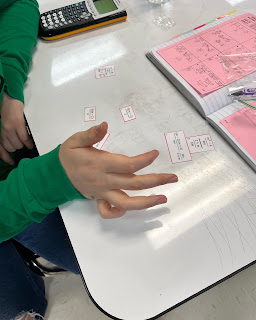





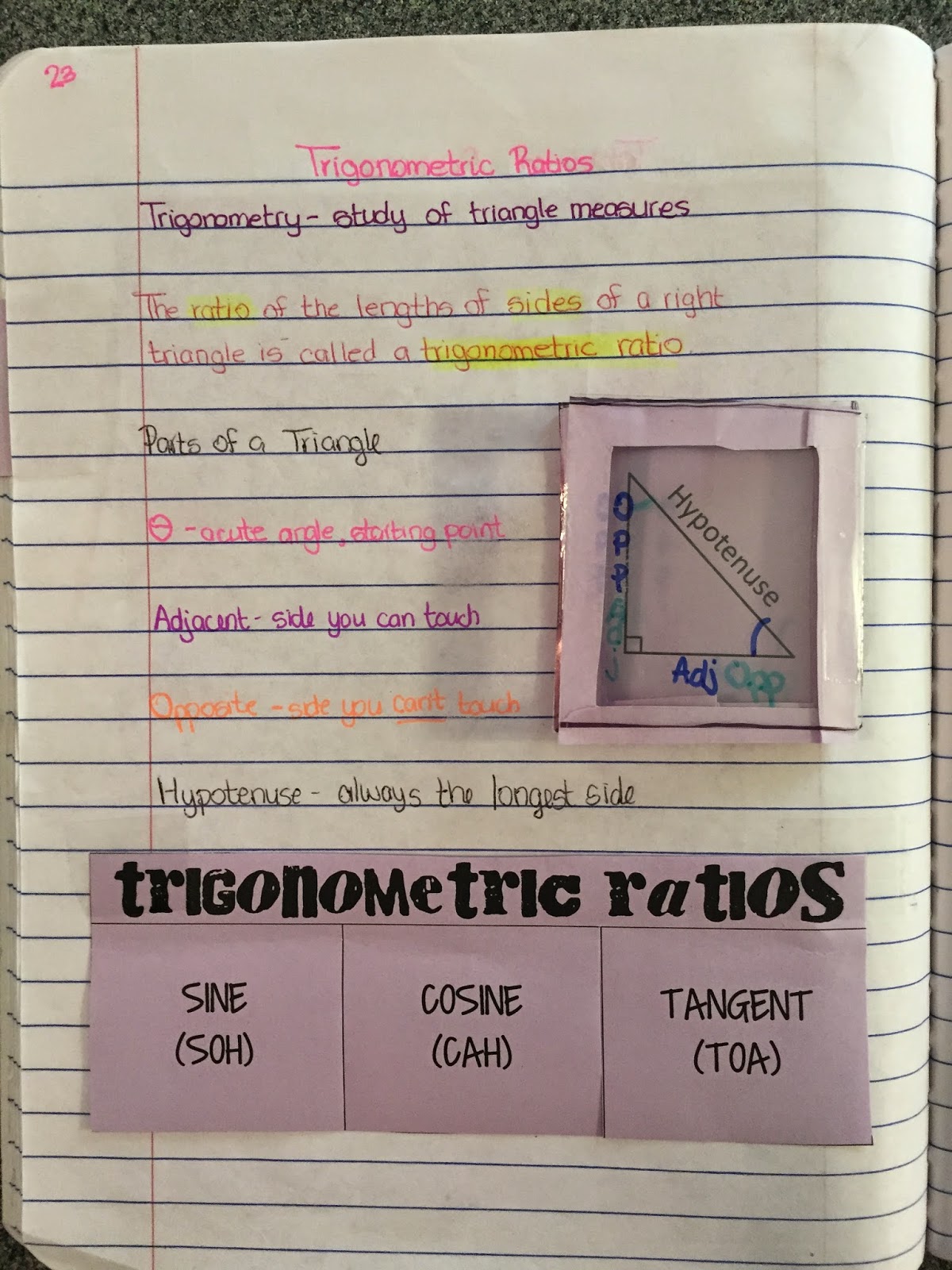



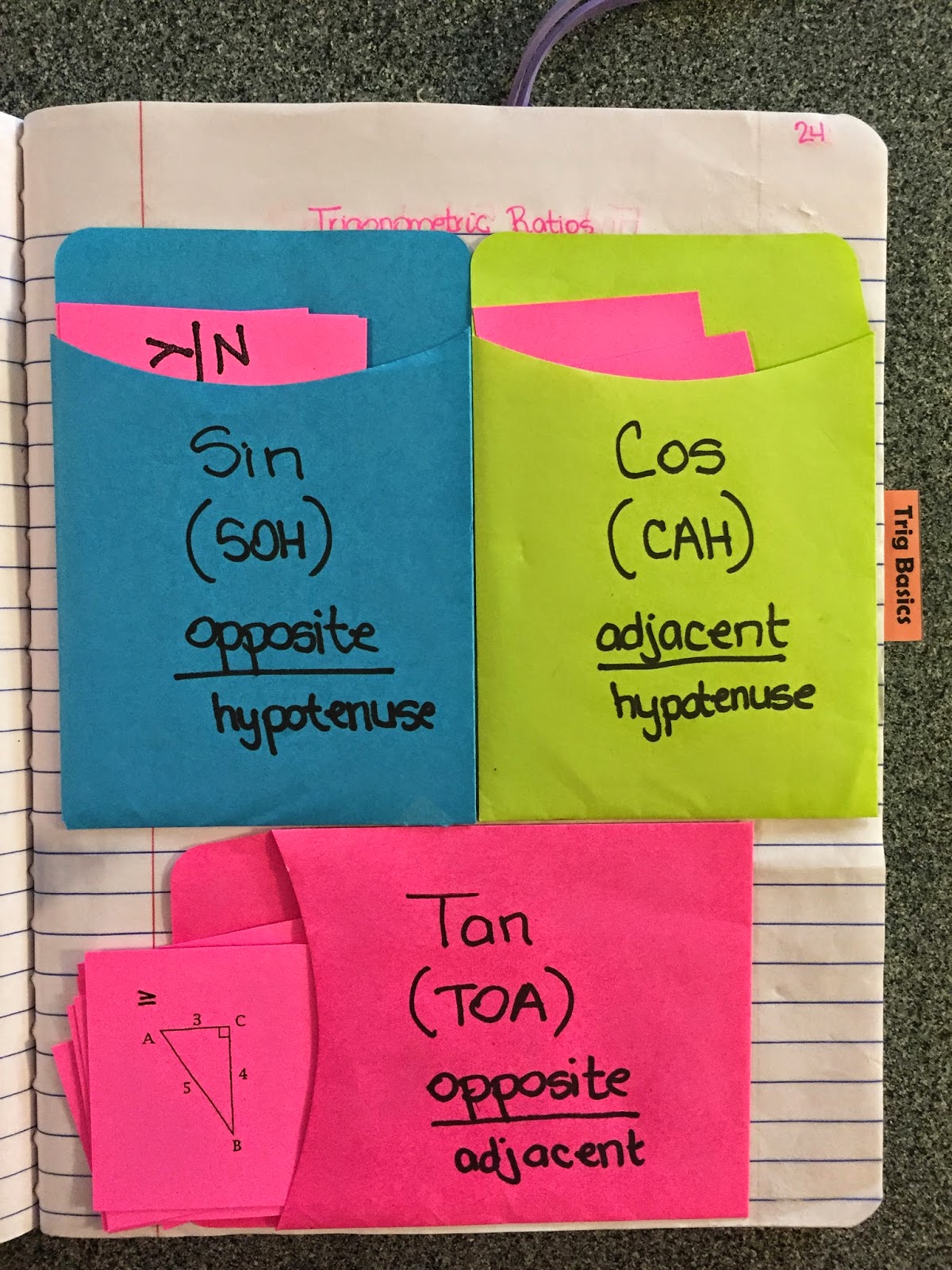


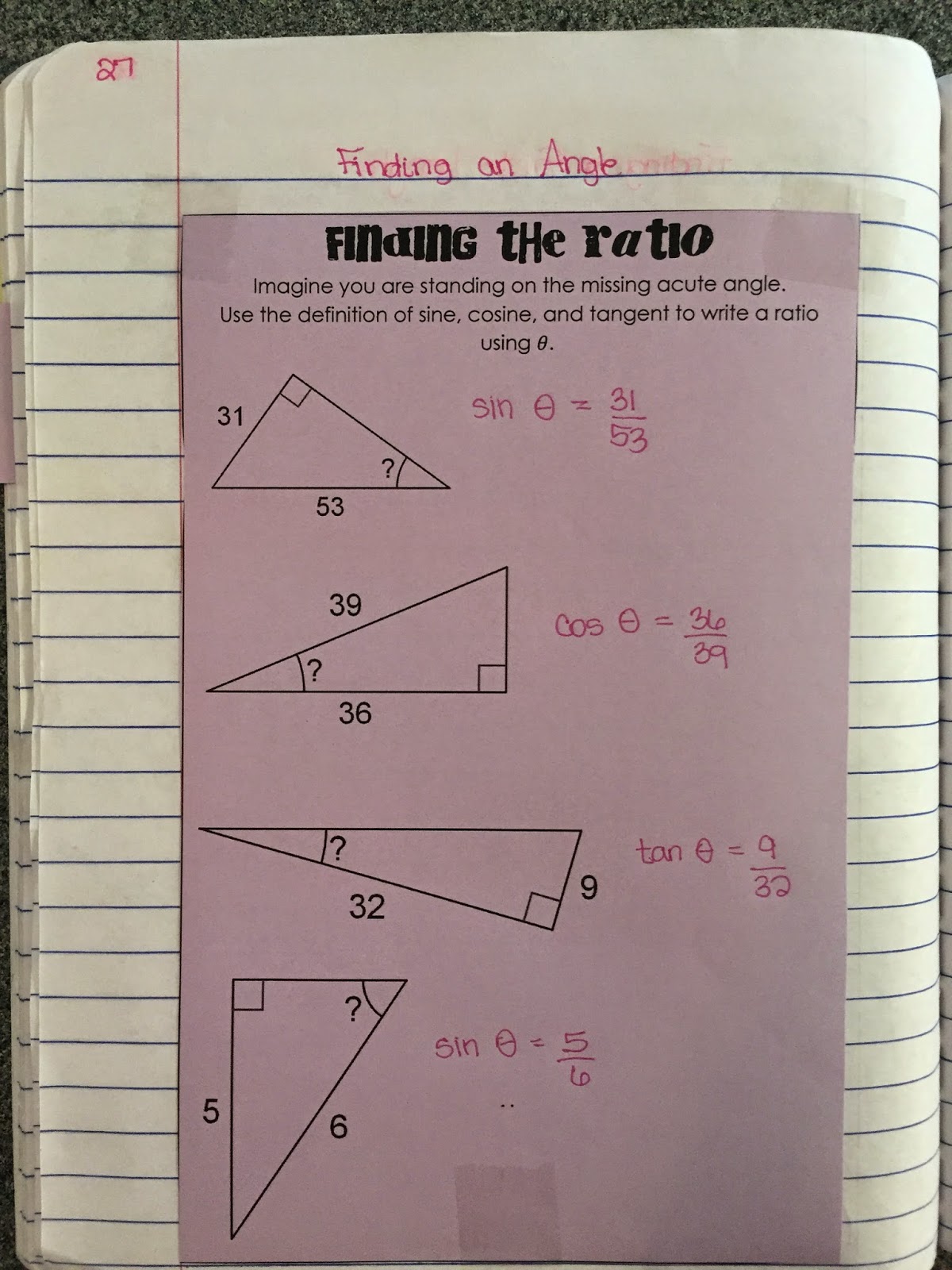


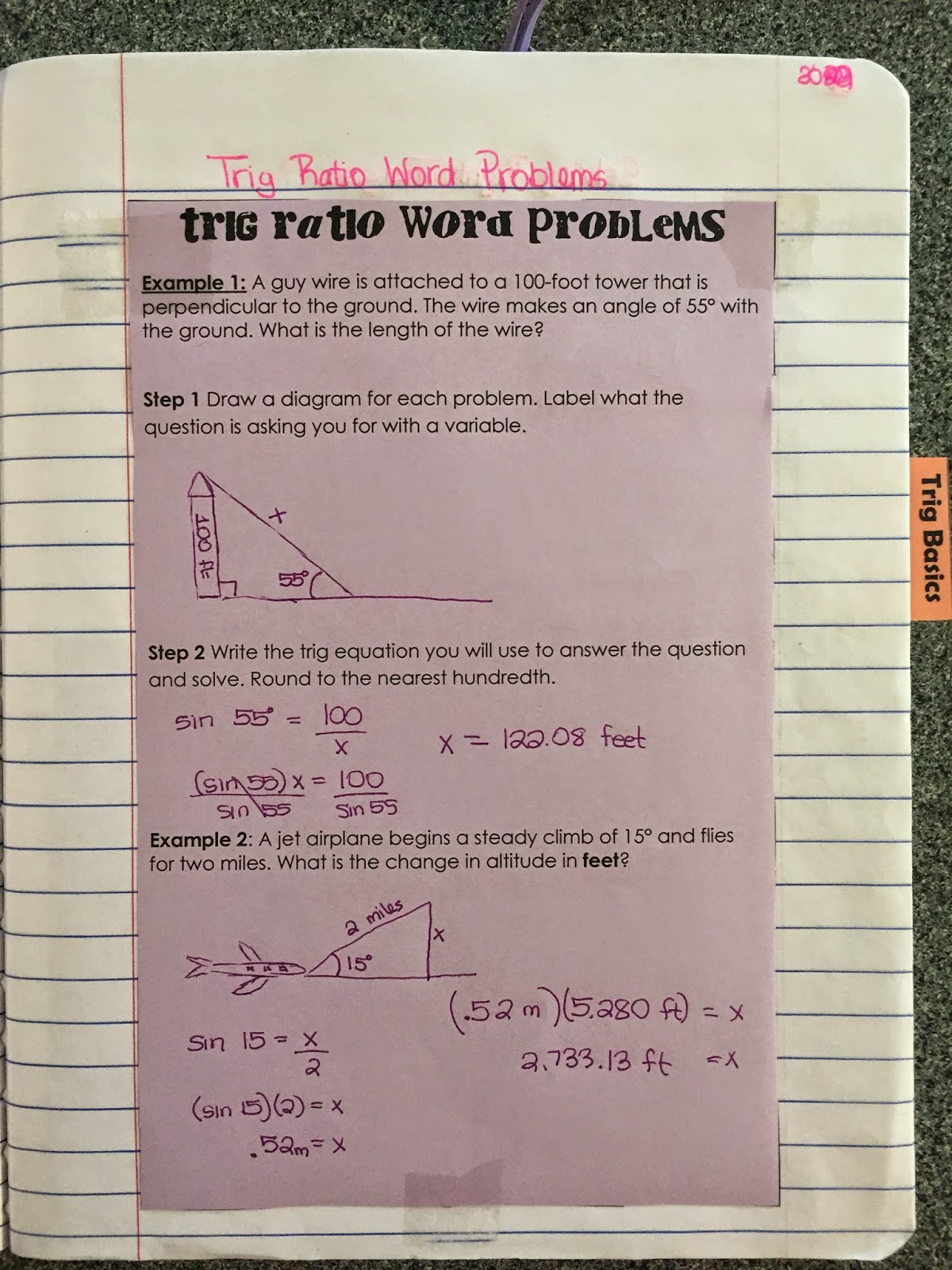
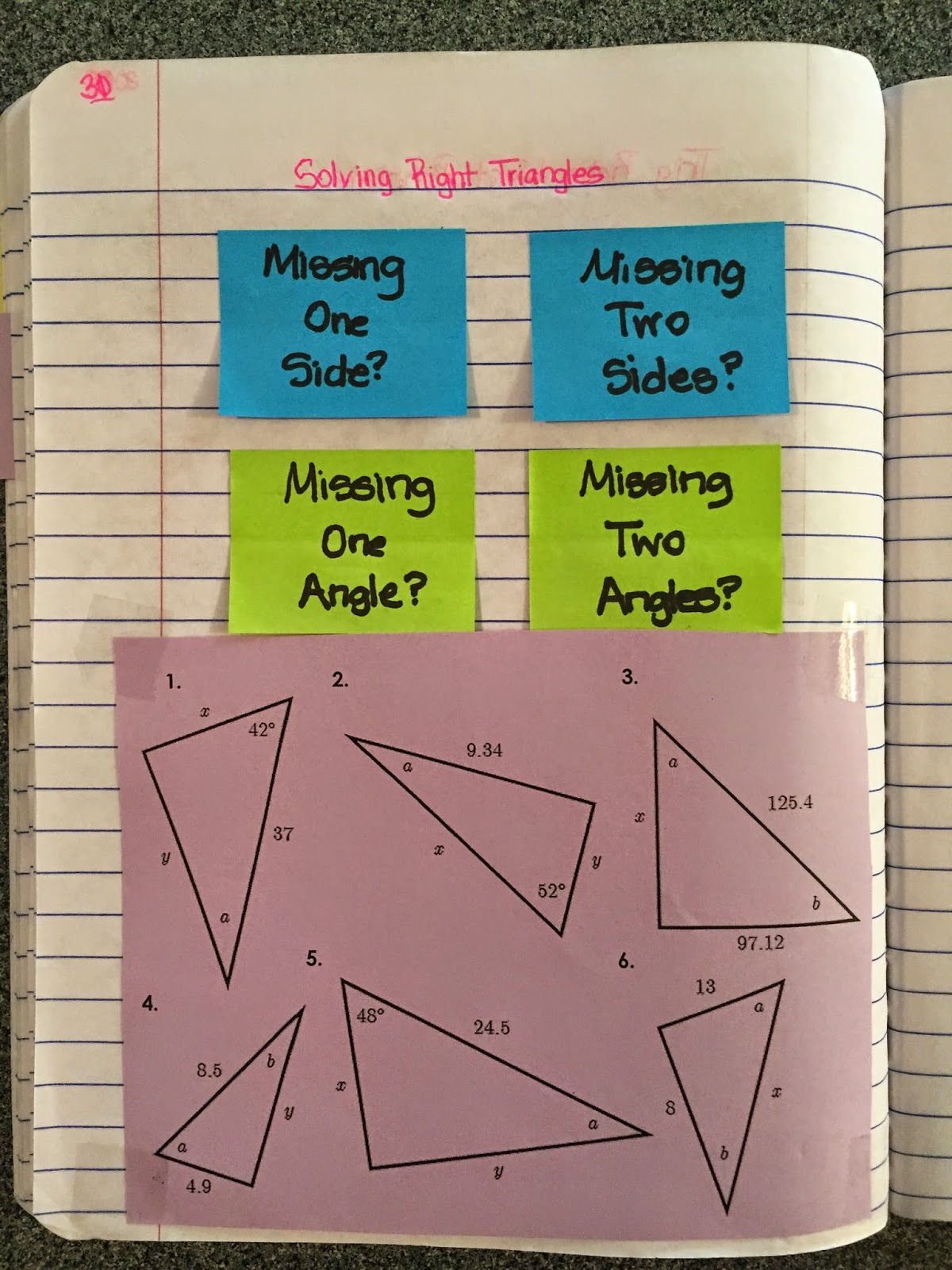







.JPG)










